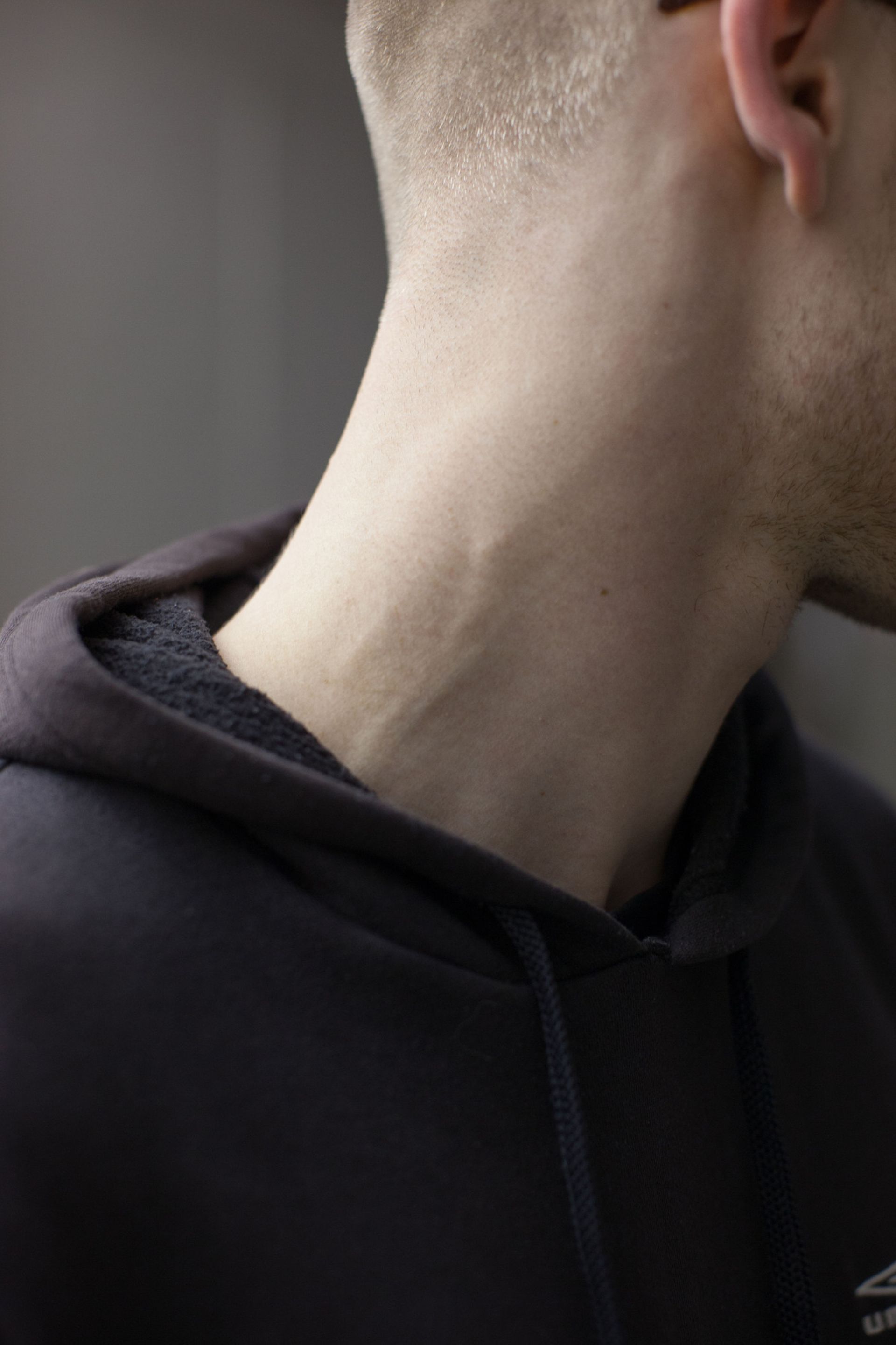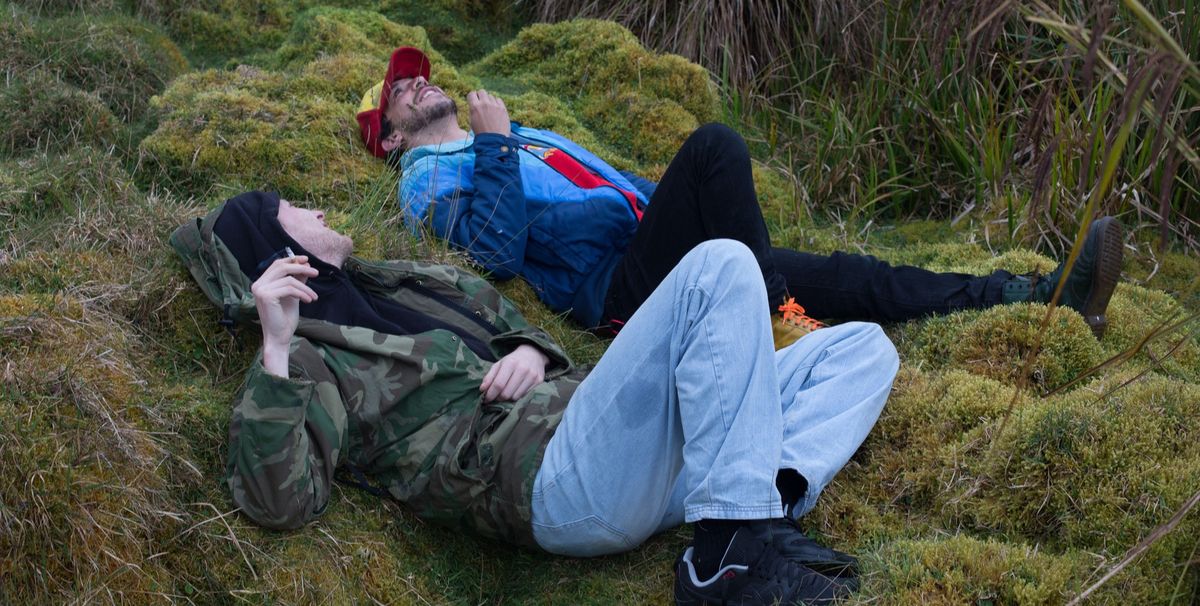The German photographer Wolfgang Tillmans turns the spotlight once more on social and political concerns, such as fake news and the “post-truth” era, in a vast survey of his recent works opening this week at Tate Modern in London (Wolfgang Tillmans: 2017; 15 February-11 June). The Turner Prize-winner is developing a new series of pro-EU posters after producing several passionate pro-Remain posters before the vote for Brexit in June last year.
“In France, in Slovenia, and across Europe, I am developing the posters further, and translating them…. The EU is not a faceless machine but a democratic representation of 508 million people,” he tells The Art Newspaper. “Nobody voted for a hard Brexit on 23 June. I strongly believe that dissolving the EU at this time, in this place, in this global situation is the worst thing one can do. I want to continue spreading the message that the EU is not our enemy.”

The Tate show—encompassing photographs, video, digital slide projections and publications—focuses on works produced in a variety of media since 2003, “an important year when he felt the world changed with the invasion of Iraq and anti-war demonstrations”, a press statement says.
But Brexit does not feature in the latest iteration of the artist’s “truth study centre”, a mix of printed matter from pamphlets to newspapers centred on seismic world events that he has worked on since 2005. “I didn’t want to highlight the obvious, the shit storm of lies that surround us, and instead have created an installation that focuses on the physiological and psychological processes of truth and opinion-making in the brain.”
Tillmans, a former Tate trustee, also looks to nightlife in his imagery. “Clubs are an affirmation of life. There has to be a space for freedom of expression. In cities like London, there is a fear of the energy of youth, and the life is being squeezed out of both London and New York.” An image in the exhibition called The Spectrum/Dagger (2014) shows clubbers at the eponymous gay club in Brooklyn.
The artist adds however: “I am an artist and this exhibition is about art…. There is a four-metre tall picture of a weed [Weed, 2014]. That is an experience you cannot have anywhere, not online, not in a book. The main experience is for me to be in the pure presence of works of art.”
A section dedicated to portraiture includes images of Neil MacGregor, the former director of the British Museum, and the musician Frank Ocean. Meanwhile, Playback Room is a space where visitors can listen to recorded music by Colourbox, a UK band who were active between 1982 and 1987. “Tillmans has chosen to include it here to encourage others to think about how recorded music can be given prominence within the museum setting,” the organisers say.


